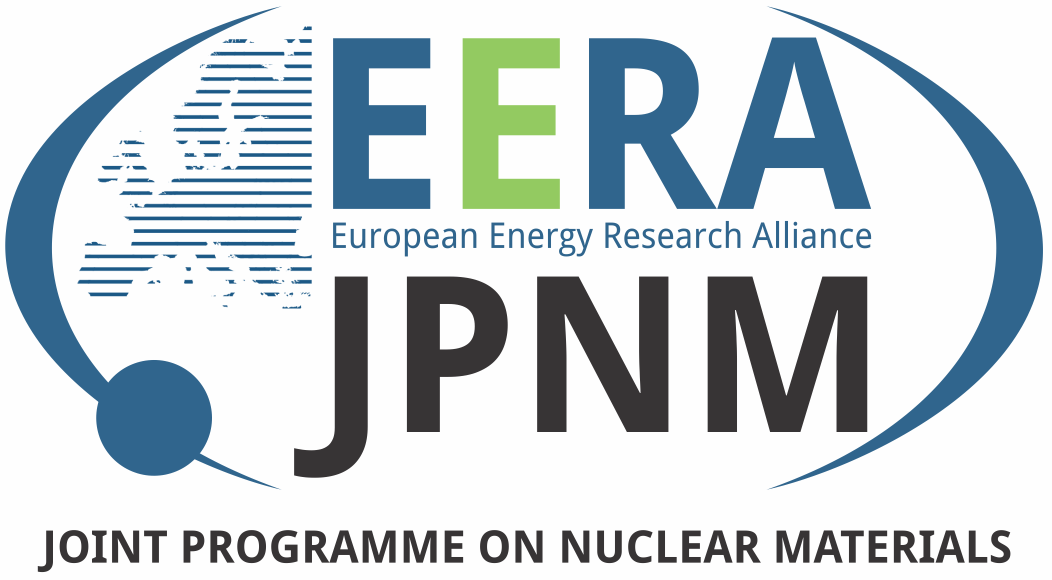

SP-C: Development of advanced materials solutions and fabrication processes
 Coordinator: M. Angiolini - ENEA
Coordinator: M. Angiolini - ENEA
SP Coordination team members: S. Bassini - ENEA,
M. Pouchon - PSI
The SP-C sub-programme supports the Research and development strategy on the innovative structural and fuel materials required to access the harsh environment of GenIV fast systems.
The push for sustainability and efficient use of the natural resources imposes the increase of the operation temperatures to enhance the thermodynamic efficiency of the energy production system. In theory, the non-conventional coolants used in the GenIV systems would allow operation at temperatures well above the limits of the present pressurized water reactors, if there were the materials able to resist. On the other hand, the high temperatures activate unwanted reaction paths and accelerate the kinetics of the reactions so rising compatibility issues and corrosion. The materials need to be compatible with these unconventional coolants, such as liquid metals or gas, at high temperature for which experience is limited and the safety requirements in both normal and accidental conditions needs to be demonstrated.
Another key target for the Gen IV materials in term of sustainability and environmental efficiency is the increase of fuel burnup. The fast spectrum allows the use of fissile and fertile materials more efficiently than the thermal reactors and can, and in principle extract almost all of the energy contained in the nuclear fuel turning the waste into fuel. This possibility relies on the availability of cladding materials and nuclear fuels capable of remaining in the core of the rector for prolonged times before being extracted for reprocessing. The latter point of reprocessing also implies that both, the fuel and the cladding are compatible with the according processes. Because of the very high activities of the re-fabricated fuel, some special production methods might be necessary, potentially also calling for alternative fuel forms.
Indeed, the full exploitation of the potential that the GenIV systems offer will require the development of optimised materials based on the use of new manufacturing and fabrication routes such as additive manufacturing, coatings and computer-optimised thermo-mechanical treatments, among others to get the desired microstructure. Alongside the development and improvement of conventional materials, completely innovative materials solutions must be considered such as ceramic composites, refractory alloys and high entropy alloys.
